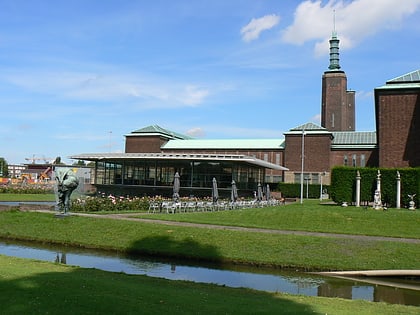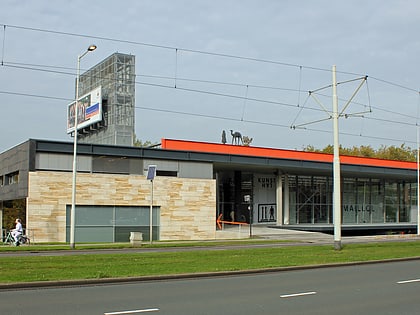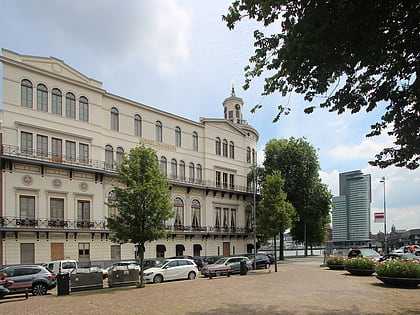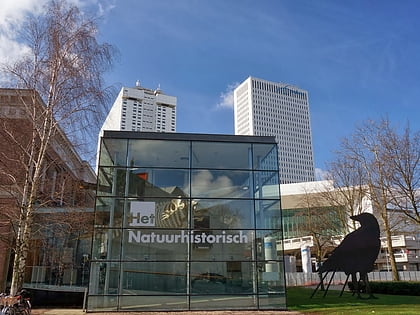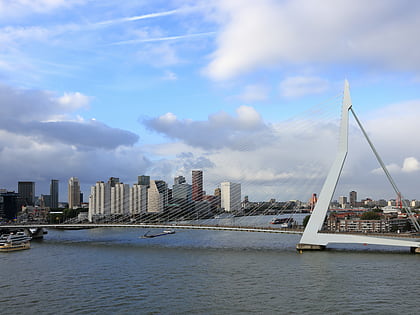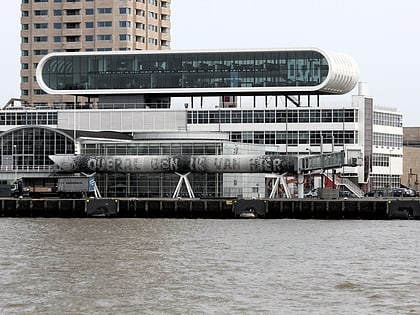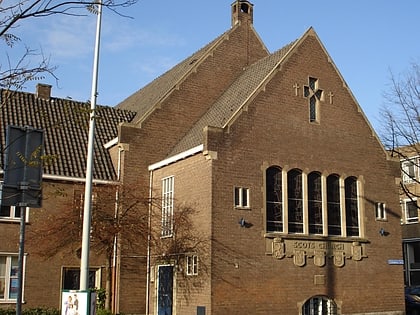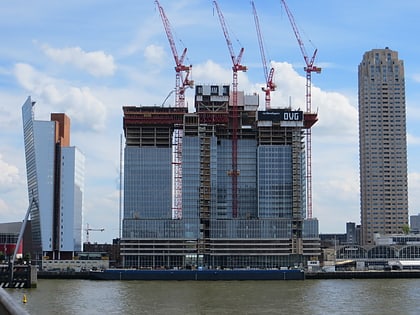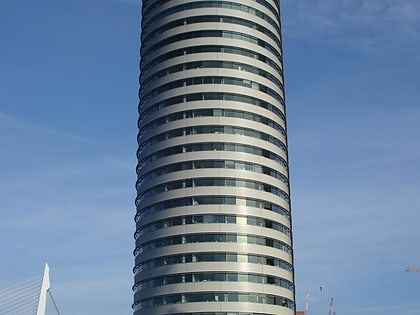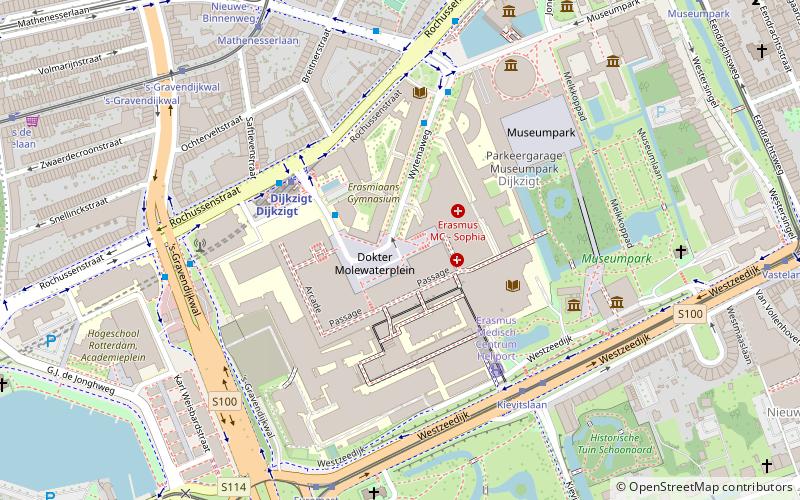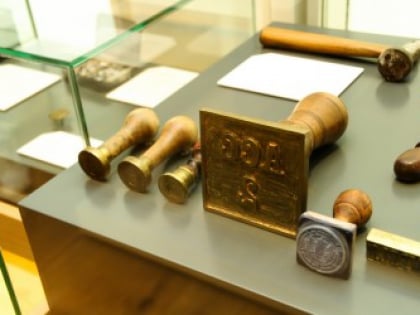Calandmonument, Rotterdam


Facts and practical information
The Caland monument in the Scheepvaartkwartier, in the Dutch city of Rotterdam, commemorates engineer Pieter Caland, who designed the New Waterway, the direct connection to the sea. The monument was unveiled in 1907 to a 1906 design by H.J. Evers with Arend Odé, and was funded by the Rotterdam citizenry.
The memorial consists of a monumental fountain in which a square high substructure carries an obelisk crowned by a spherical motif. On this, as a symbol of Rotterdam, is a winged female figure, holding high the Mercury staff. Below are the arms of the city and province, recalling the course of the Waterway. At the front is a memorial stone with the bronze profile of Caland, surrounded by a laurel wreath and appropriate inscription. Appropriate inscriptions are also found on the memorial tables placed against the three remaining sides. Two bronze children's figures symbolize the trade and industry of Rotterdam as a trading post.
The monument stood at Van Hogendorpsplein, roughly where Churchill Square is now, from 1907 to 1939, just before World War II.
In 1939 the monument was moved to the Veerkade near the Veerhaven for traffic reasons, and therefore survived the bombing of May 1940.
Calandmonument – popular in the area (distance from the attraction)
Nearby attractions include: Museum Boijmans Van Beuningen, Kunsthal, Wereldmuseum, Natuurhistorisch Museum Rotterdam.
Frequently Asked Questions (FAQ)
Which popular attractions are close to Calandmonument?
How to get to Calandmonument by public transport?
Ferry
- Rotterdam, Erasmusbrug • Lines: 20, 201, 202 (3 min walk)
Tram
- Willemskade • Lines: 7 (4 min walk)
- Westplein • Lines: 7 (4 min walk)
Bus
- Meeuwenstraat • Lines: 547 (11 min walk)
- Katendrechtse Hoofd • Lines: 77 (14 min walk)
Metro
- Leuvehaven • Lines: D, E (11 min walk)
- Wilhelminaplein • Lines: D, E (14 min walk)
Train
- Rotterdam Centraal (33 min walk)

